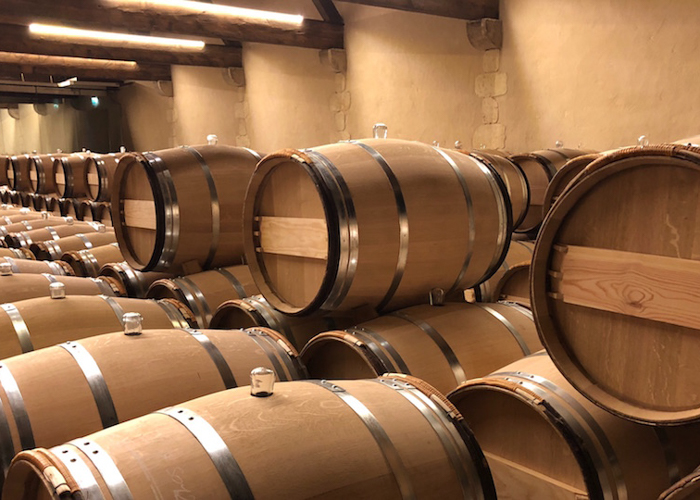Chateau Lanessan
The birth of Chateau Lanessan dates all the way back to 1793, eight generations later, Chateau Lanessan remains in the hands of the Bouteiller family, which are direct descendants of the founder. This is quite a feat for a Chateau located in the Medoc, as most vineyards have changed hands several times. Chateau Lanessan is planted to 60% Cabernet Sauvignon, 35% Merlot, 4% Petit Verdot and 1% Cabernet Franc. Out of its 80 hectares, 45 hectares are cultivated with vines. The vineyard is close to the St. Julien appellation.
Chateau Lanessan has remained popular with wine lovers for their traditionally styled wine, which has always sold for a very consumer friendly price. In an effort to further increase quality, starting with the 2015 vintage, the owners of Lanessan brought in Hubert de Bouard, the owner of Chateau Angelus as their consultant. To produce of the wine of Chateau Lanessan, vinification takes place in traditional, concrete vats. Malolactic fermentation takes place in vat. The wine is aged in a combination of 33% new, French barrels, 33% one year old, French oak barrels and 33% two year old, French oak barrels for an average of 12 months. Vinification takes place in traditional, concrete vats. The wine is aged in a combination of 33% new, French barrels, 33% one year old barrels and 33% two year old, barrels for an average of 12 months.
The terroir is mostly gravel based soils. On average, the vines are 30 years of age. The vineyard is planted to a vine density of 10,000 vines per hectare. Close to half of the estates land is not used for vines. Instead it’s reserved for natural forests, greenery, parkland and horse riding trails
Aside from their obvious passion for wine, equestrian activities have always been a part of the makeup for Chateau Lanessan. They have numerous stables, which were constructed at the same time as the chateau in the shape of a horseshoe. As horses and carriages played an important part in the history of Lanessan, the estate also maintains a museum devoted to historical carriages.





